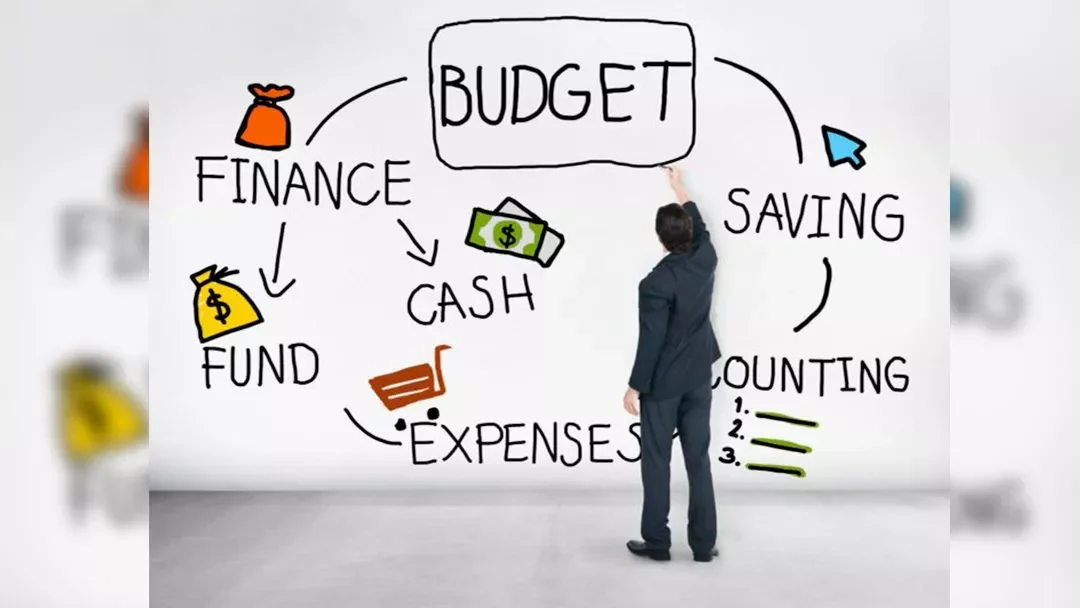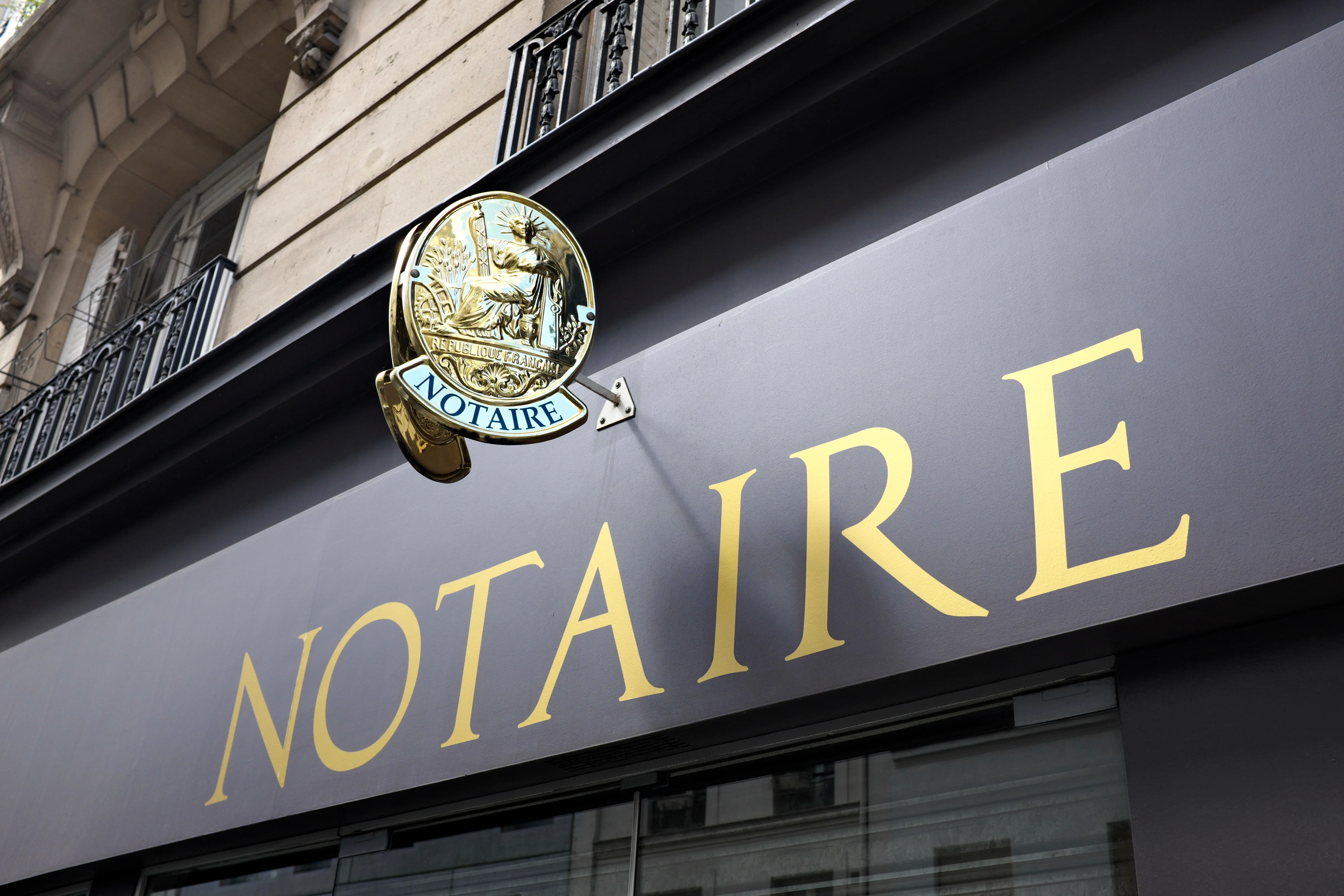
Tax Optimization for Individuals: Legal and Effective Strategies
Tax Optimization for Individuals: Legal and Effective Strategies
Table of Contents
Taxes are a necessary contribution to the functioning of our society, but no one is required to pay more than what the law demands. Tax optimization involves intelligently using legal mechanisms established by legislators to reduce your tax burden. In this article, we explore the most effective and perfectly legal strategies to optimize your taxation, whether it's income tax, real estate, or wealth transfer.
Understanding the Difference Between Tax Fraud, Evasion, and Optimization
Before exploring different tax optimization strategies, it's essential to clarify what is legal and what is not. Tax optimization is clearly distinguished from fraud and even tax evasion by its perfect legality.
Important Definitions
- Tax Fraud: Deliberate action aimed at illegally evading tax (hiding income, false declarations...). It is illegal and subject to criminal penalties.
- Tax Evasion: Searching for loopholes in legal texts to minimize tax burden, often via complex international arrangements. It is in a legal gray area.
- Tax Optimization: Using legal mechanisms provided by the legislator to reduce tax burden. These mechanisms were precisely created to guide taxpayers' behaviors.
Tax optimization corresponds to the intelligent use of legal mechanisms established by the legislators themselves. These mechanisms have generally been created to encourage certain behaviors deemed virtuous: investment in the economy, housing renovation, support for culture, etc. Optimizing your taxes is therefore not only legal, but also actively participating in the economic and social objectives set by the State.
Main Tax Relief Schemes
There is a wide range of mechanisms allowing you to legally reduce your tax burden. These mechanisms concern different types of investments and can take the form of tax reductions, tax credits, or tax deductions.
Real Estate Rental Investment Schemes
Denormandie Scheme
Adaptation of the Pinel scheme for older properties located in medium-sized cities requiring renovation work.
Advantages:
- Same tax benefits as the classic Pinel
- Applies to older properties with significant work
- Targets areas where real estate prices are more accessible
Main conditions:
- Property located in one of the 222 cities in the Action Heart of City program
- Minimum amount of work: 25% of the total cost of the operation
- Energy improvement or modernization work
- Same rent and resource caps as Pinel
Malraux Scheme
Provides a tax reduction for the complete restoration of an old building located in a protected or safeguarded sector.
Advantages:
- Significant tax reduction not subject to the global cap on tax loopholes
- Enhancement of exceptional architectural heritage
- Immediate (not spread) tax reduction on the amount of work
Main conditions:
- Building located in a Remarkable Heritage Site (SPR) or degraded old district
- Complete renovation of the building under the control of the Architects of Historic Buildings
- Commitment to bare rental for main residence for at least 9 years
- Rent within 12 months following the completion of the work
Business Investment Schemes
FCPI (Innovation Investment Mutual Fund)
Fund that invests in unlisted innovative companies, allowing income tax reduction.
Advantages:
- Asset diversification with access to innovative companies
- Immediate tax advantage
- Potential capital gain when reselling shares
Main conditions:
- Retention of shares for at least 5 years
- Capped under tax loopholes (€10,000 per year)
- Risk of capital loss
FIP (Local Investment Fund)
Fund that invests in unlisted regional SMEs, offering income tax reduction.
Advantages:
- Support for the regional economy
- Immediate tax advantage
- Wealth diversification
Main conditions:
- Retention of shares for at least 5 years
- Capped under tax loopholes (€10,000 per year)
- Risk of capital loss
Autres dispositifs notables :
Comparison of Main Real Estate Tax Relief Schemes
| Scheme | Reduction Rate | Property Type | Commitment Period | Investment Cap |
|---|---|---|---|---|
| Denormandie | 12% to 21% | Old with work | 6 to 12 years | €300,000 / year |
| Malraux | 22% to 30% | Old in protected sector | Minimum 9 years | €400,000 over 4 years |
| Historic Monument | Up to 100% deductible | Listed/registered monument | Minimum 15 years | No cap |
Before embarking on a tax-advantaged investment, keep in mind this golden rule: the intrinsic quality of the investment should always take precedence over the tax advantage. A bad investment remains a bad choice, even with a tax reduction. The tax advantage should be considered a bonus, not the main motivation for your decision.
Optimizing Your Tax Return
The first step in good tax optimization begins with a well-completed tax return. Several choices and options can significantly influence the final amount of your tax:
- Choosing between family quotient and separate taxation for unmarried couples
- Opting for actual expenses rather than the 10% standard deduction if your professional expenses are significant
- Whether or not to attach your adult children to your tax household depending on your specific situation
Actual Expenses or Standard Deduction?
The choice between actual expenses and the 10% standard deduction depends on your situation:
- Standard Deduction: Simple, automatic, capped at €12,829 for 2023 income.
- Actual Expenses: Advantageous if your professional expenses exceed 10% of your income, but requires receipts and precise calculations.
Our Advice: Run a simulation with both options to choose the most advantageous. Commuting expenses often constitute the most significant item of actual expenses.
Don't forget that certain everyday expenses entitle you to tax reductions or credits: childcare costs, union dues, donations to associations, etc. These small deductions can accumulate to represent substantial savings.
The Most Interesting Tax Loopholes
'Tax loopholes' refer to all mechanisms that reduce income tax. They are subject to an overall cap, set at €10,000 per year (except for exceptions such as Overseas or Malraux). Here is an analysis of the tax loopholes offering the best advantage/constraint ratio:
The Most Advantageous Tax Loopholes
| Scheme | Tax Benefit | Cap | Main Conditions |
|---|---|---|---|
| Home Employment | 50% tax credit | €12,000 maximum expenses per year | Services provided at home by an employee or approved organization |
| SME Investment (IR-PME) | 25% tax reduction | €50,000 (single) or €100,000 (couple) | Direct investment in an unlisted SME |
| Energy Transition Tax Credit | Variable depending on the work | Variable depending on equipment | Energy improvement work in the main residence |
| Donations to Organizations | 66% to 75% tax reduction | 20% of taxable income | Donations to organizations of general interest or helping people in difficulty |
Among these schemes, home employment is particularly distinguished by its ease of access and durability: unlike other tax loopholes regularly called into question in finance laws, this one benefits from a broad political consensus because it contributes to the creation of non-relocatable jobs.
Tax-Advantageous Investment Strategies
Beyond tax relief schemes, certain investment strategies present significant tax advantages. These tax wrappers allow you to grow your capital while benefiting from reduced taxation on the income and capital gains generated:
Life Insurance
After 8 years, taxation at 24.7% (12.8% tax + 17.2% social contributions) only on gains.
Annual Allowance: €4,600 (single) or €9,200 (couple) on withdrawn gains.
Ideal for: Medium/long-term savings with reduced taxation.
PEA (Stock Savings Plan)
Total tax exemption on capital gains after 5 years (only 17.2% social contributions apply).
Cap: €150,000 in contributions (€225,000 for PEA-PME).
Ideal for: Stock investment with a horizon over 5 years.
- PER (Retirement Savings Plan): deduction of contributions from your taxable income
- REIT (Real Estate Investment Trusts) for tax purposes or yield
- Employee savings (Company Savings Plan, Collective Retirement Savings Plan): income tax exemption under conditions
The Girardin Scheme
The Girardin scheme allows investment in the French overseas territories with a significant tax reduction:
- Industrial Girardin: Financing overseas professional equipment with a tax reduction that can reach 110% to 120% of the sums invested.
- Social Housing Girardin: Financing social housing overseas with a significant tax reduction.
Points of Vigilance: Although very effective for tax purposes, this scheme requires great caution in the choice of operation assemblers and careful verification of project compliance.
For effective tax optimization, it is recommended to diversify your investments between these different wrappers according to your wealth objectives, your investment horizon, and your risk tolerance.
Donation and Transfer: Planning Ahead to Pay Less
Wealth transfer is an area where anticipation allows for considerable tax savings. Inheritance and gift taxes can reach 45% between parents and children, and up to 60% between people with no family connection. Several strategies can significantly reduce this burden:
Donation Allowances (2023 values)
| Family Relationship | Allowance | Renewal |
|---|---|---|
| Child | €100,000 | Every 15 years |
| Spouse/Civil Partner | €80,724 | Every 15 years |
| Grandchild | €31,865 | Every 15 years |
| Brother/Sister | €15,932 | Every 15 years |
| Nephew/Niece | €7,967 | Every 15 years |
| Family cash gift (under 80 to over 18) | €31,865 | Every 15 years |
Property Dismemberment
This technique consists of dividing a property between:
- Usufruct: right to use the property and receive income from it (generally retained by parents)
- Bare Ownership: ownership of the property without right of use (transferred to children)
The fiscal value of the usufruct decreases with the age of the usufructuary, which allows progressive transfer of assets while reducing inheritance taxes.
Upon the death of the usufructuary, the bare owner automatically becomes full owner without additional inheritance taxes.
Life insurance is also a privileged wealth transfer tool, with an allowance of €152,500 per beneficiary for contracts funded before the age of 70. Combined with donations, it allows for considerable optimization of your wealth transfer while minimizing the taxes to be paid.
When and How to Consult a Tax Advisor
While most taxpayers can manage their basic tax optimization, complex situations or significant assets often justify consulting a professional. A competent tax advisor can save you much more than their fees.
A good tax advisor doesn't just offer standardized solutions but develops a personalized strategy based on your family, professional, and wealth situation. They should also accompany you over the long term, as tax optimization is part of a long-term vision of wealth management.
When to Consult a Tax Advisor?
- Your assets exceed €500,000 or your annual income is over €100,000
- You are considering a significant asset transfer
- You are an entrepreneur or business leader
- You have income or assets abroad
- You are considering a significant tax-advantaged investment
- Your family or professional situation is changing (marriage, divorce, expatriation...)
How to Choose Your Advisor?
- Check their qualifications (chartered accountant, tax lawyer, certified financial planner)
- Prefer independent advisors rather than those affiliated with banking institutions
- Ask for references and check their experience in your specific situation
- Ensure fee transparency
Conclusion
Legal tax optimization is an important lever for preserving and developing your wealth. By judiciously combining the various mechanisms at your disposal, you can significantly reduce your tax burden while directing your investments towards economically useful sectors.
Remember that the effectiveness of a tax optimization strategy depends on its coherence with your personal situation and your wealth objectives. Taxation should never be the only decision criterion, but rather a parameter to be integrated into a global vision of your wealth.
Frequently Asked Questions about Tax Optimization
Find below the answers to the most frequently asked questions about tax optimization for individuals.
📊 Complementary Articles on Wealth Management
To deepen your knowledge of wealth management and investment, we invite you to consult our other articles on these topics.
🎓 Simulation Tools and Tax Calculators
Golden Compass provides you with free tools to simulate your tax situation and make the best wealth decisions.
Among our most popular tools:
- Monthly budget simulator to identify your savings capacity
- Real estate profitability calculator integrating tax advantages
- Comparator of different financial investments and their taxation
Discover our other articles on personal finance































